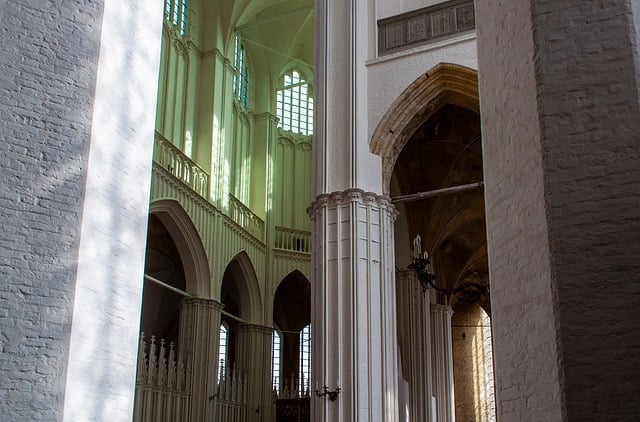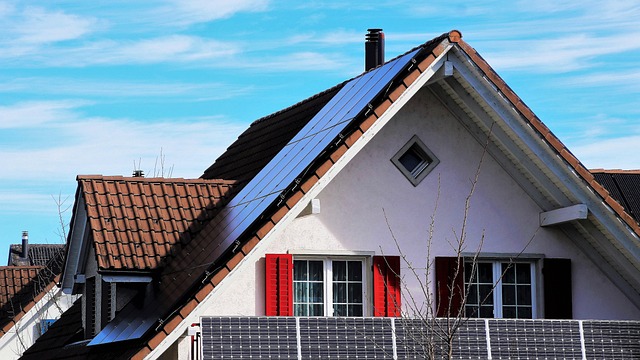
Innovating Energy-Conscious Architecture for Sustainable Development
Innovating Energy-Conscious Architecture for Sustainable Development
As we stand on the precipice of an environmental crisis, the call for energy-conscious architecture has never been more urgent. The intersection of architecture and sustainability is not just a trend; it is an essential movement towards a healthier planet. By embracing energy-conscious design principles, architects and builders can significantly reduce our ecological footprint while promoting a harmonious relationship between humans and nature.
At the heart of this evolution is the commitment to sustainable development. This approach seeks not only to meet the needs of the present but also to ensure future generations can thrive. Energy-conscious architecture plays a vital role in this vision by utilizing resources more efficiently and minimizing waste. Innovative designs emphasize natural light, efficient insulation, and sustainable materials, allowing buildings to become energy-efficient ecosystems.
The integration of green technologies is paramount in the evolution of energy-conscious architecture. From solar panels and wind turbines to rainwater harvesting systems and green roofs, these technologies pave the way for buildings that produce as much energy as they consume. As urban areas continue to expand, adapting these solutions into everyday structures will be key to driving down energy consumption and improving communal resilience to climate change.
Moreover, the journey toward becoming carbon neutral hinges significantly on the practices we adopt in construction and design. Architects are now prioritizing designs that require fewer natural resources, reducing the carbon emissions associated with building processes. Materials such as bamboo, recycled steel, and rammed earth present sustainable alternatives that lessen the environmental impact. By creating structures that actively contribute to carbon reduction, we set a benchmark for future developments.
Ultimately, energy-conscious architecture is about fostering a culture of awareness and responsibility. It invites us to rethink our relationship with our surroundings and inspires a collective effort towards sustainable living. As we innovate and experiment with environmentally friendly designs, we pave the way for healthy, sustainable communities that not only cherish our planet but also enhance the quality of life for all its inhabitants.



